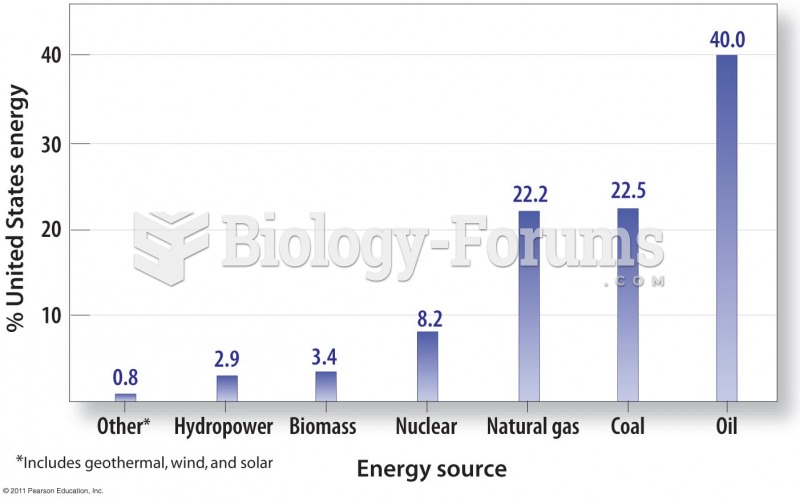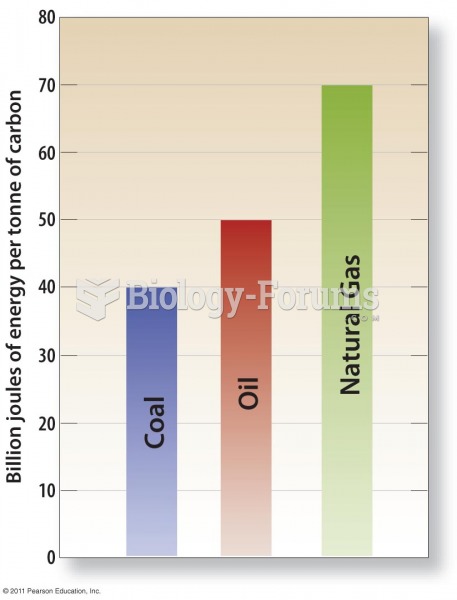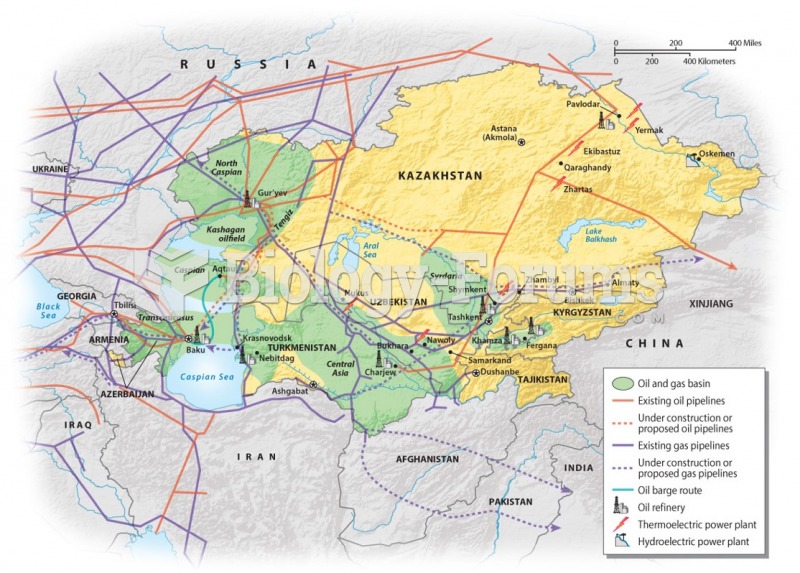Answer to Question 1ANS:Answer
should include:
Heat is carried from the tropics to the poles by means of ocean and atmospheric currents.
Ocean currents carry heat from the tropics to the poles. At the tropics, incoming energy
levels are much higher than the outgoing energy levels. The energy then moves
poleward where the outgoing energy is exceeds the incoming.
Nearly half of 550 trillion calories transported by the Gulf Stream reach the high
latitudes.
Atmospheric currents are able to transport much higher levels of heat than ocean
currents. This is due to the amount of water vapor in the atmosphere. The water vapor
from evaporation in the tropics is moved by winds to the poles. The water vapor has
more heat energy because the high latent heat of vaporization of water. An additional
540 calories per gram of heat energy is needed for liquid water to become vapor so this
additional energy is carried throughout the atmosphere.
Answer to Question 2ANS:Answer
should include:
Heat capacity is the amount of energy required to raise one gram of a substance by 1
Celsius. Water has one of the highest heat capacities, seconds only to ammonia.
Latent heat is the pause in temperature fluctuations when water is changing states. Latent
heat of fusion occurs when liquid water becomes ice. The addition of 80 calories per
gram is needed for water to become a solid. Latent heat of vaporization happens when
water is transitioning to a gas. This state change requires 540 calories per gram. These
properties make it easier for water to remain in a liquid state.
Water's high heat capacity allows it to absorb large amounts of heat from the sun, but
only raise a few degrees in temperature. The tendency to resist temperature changes
when heat is gained or lost is called thermal inertia.
These properties of water keep the ocean at a relatively consistent temperature and in a
liquid state. This is a big factor in keeping the Earth cool.







